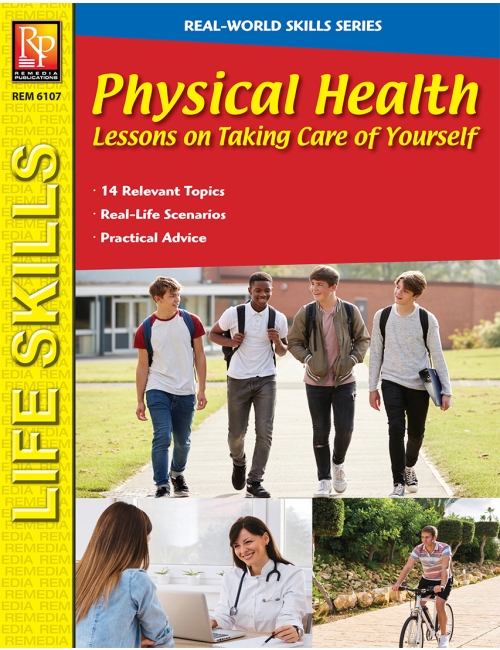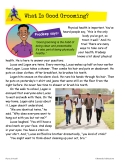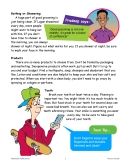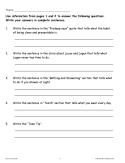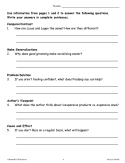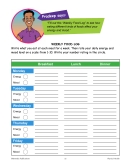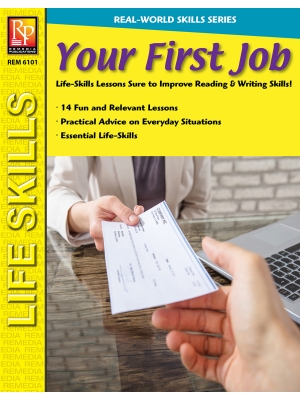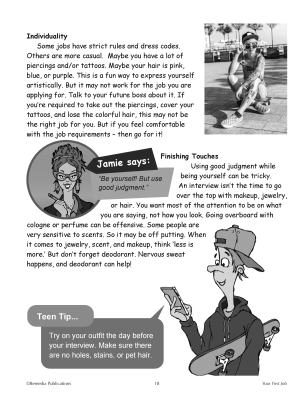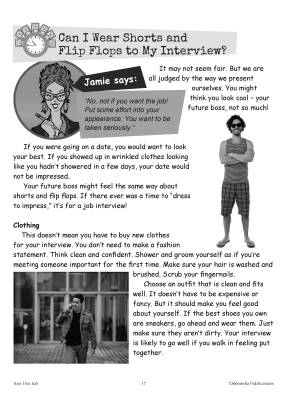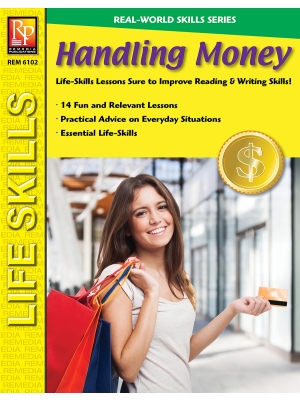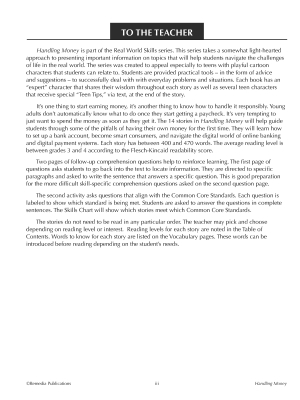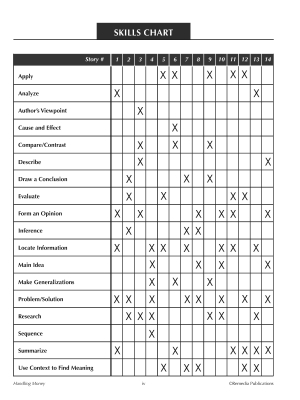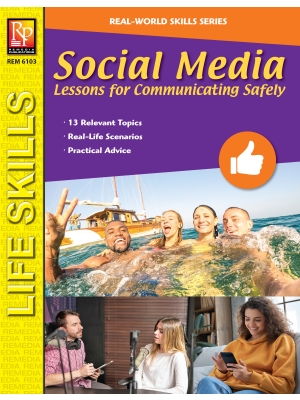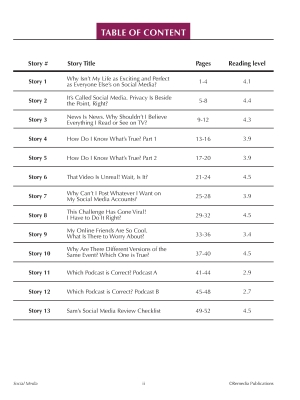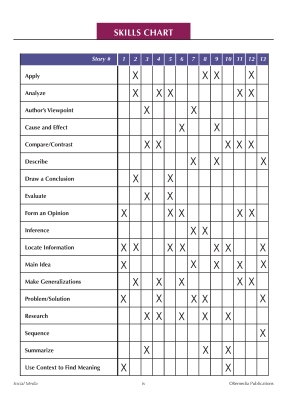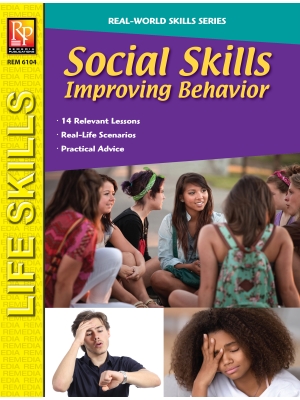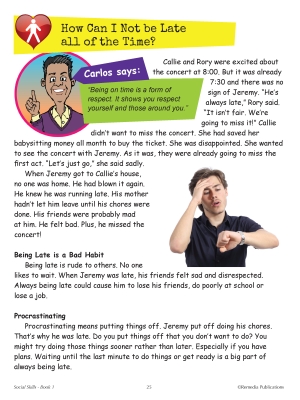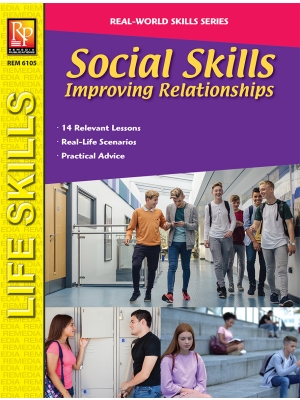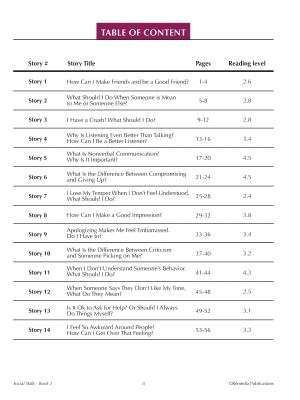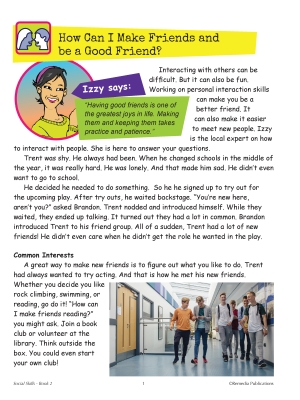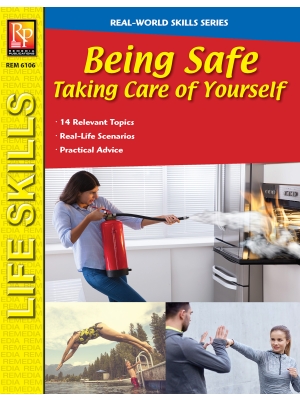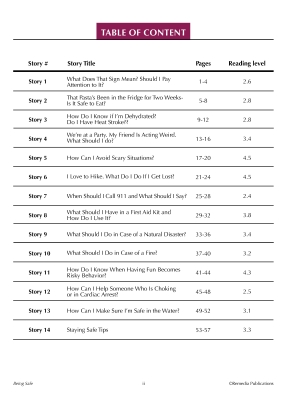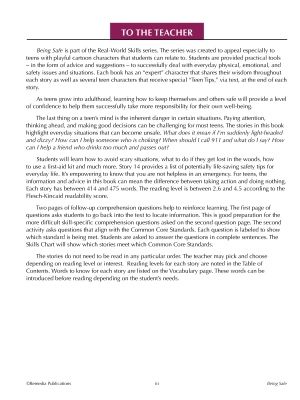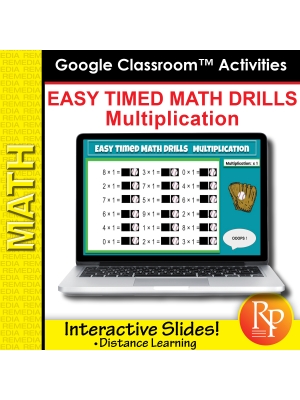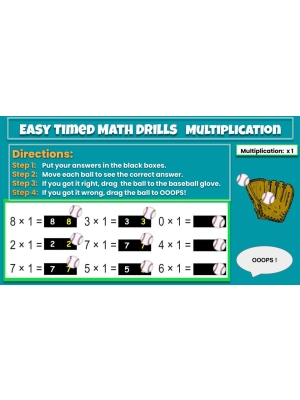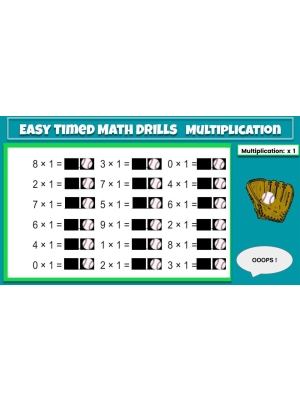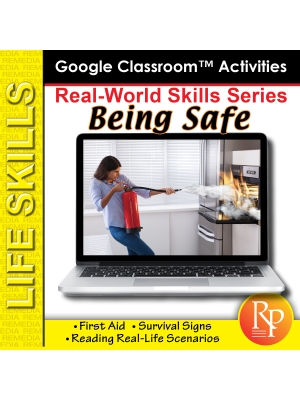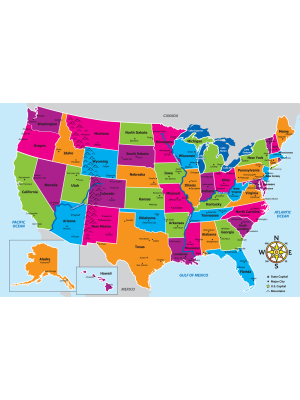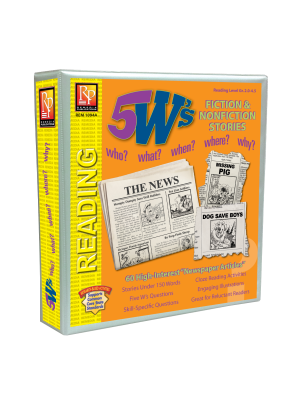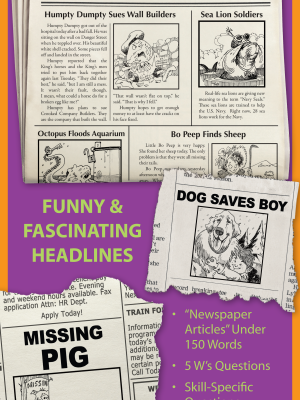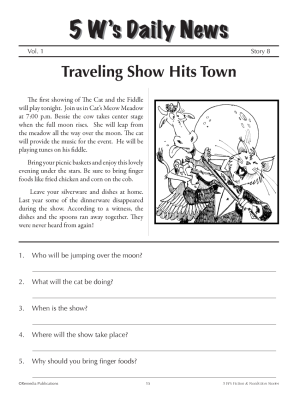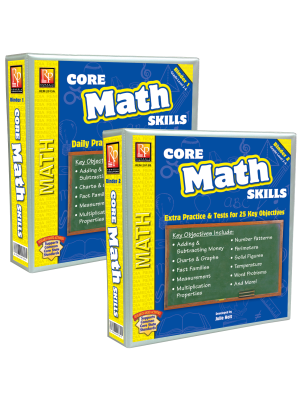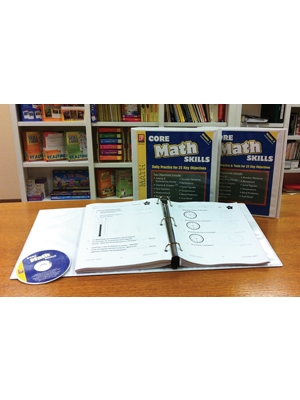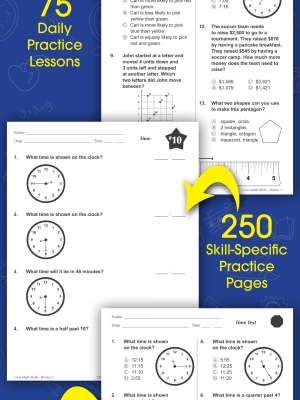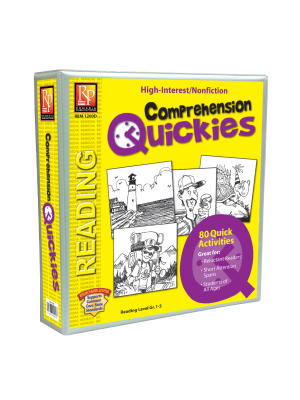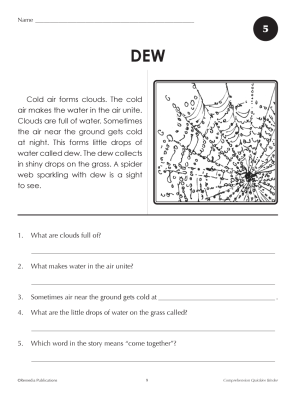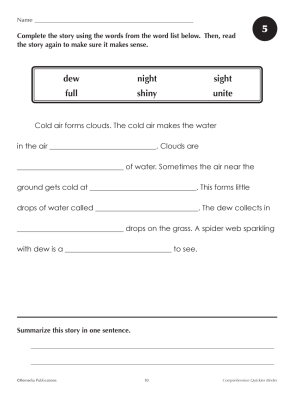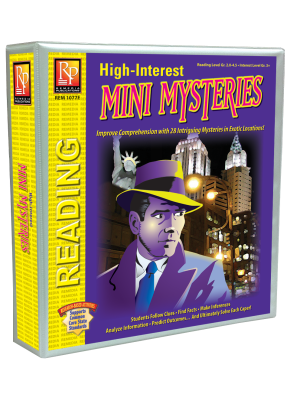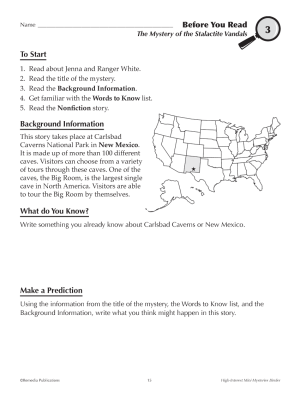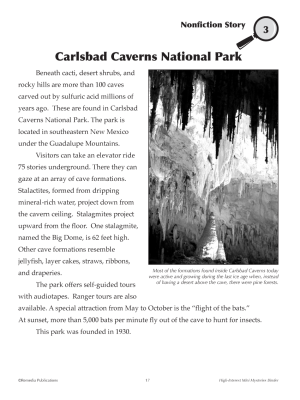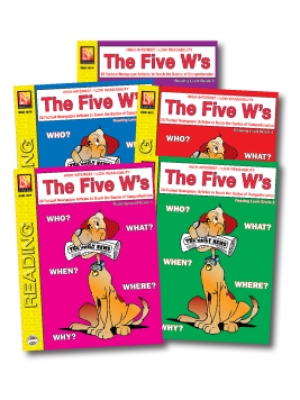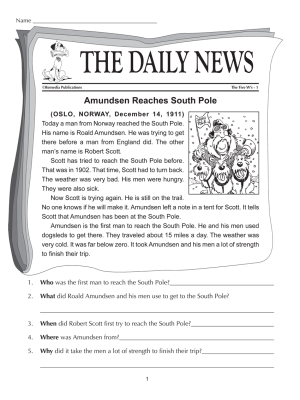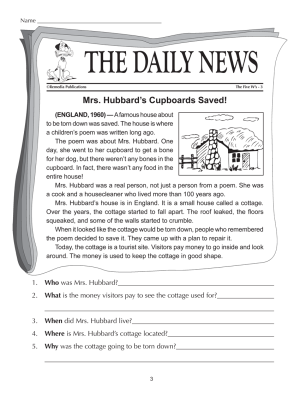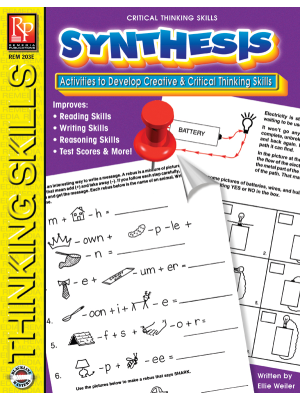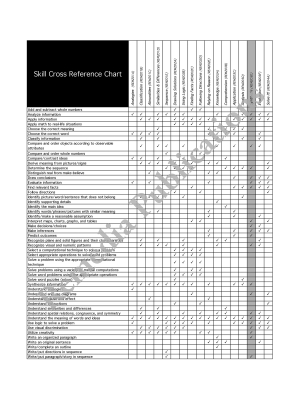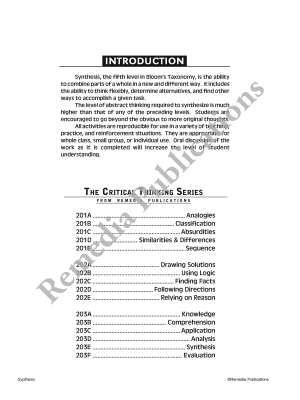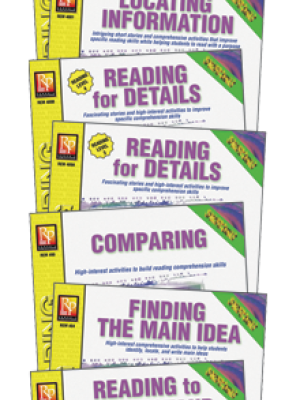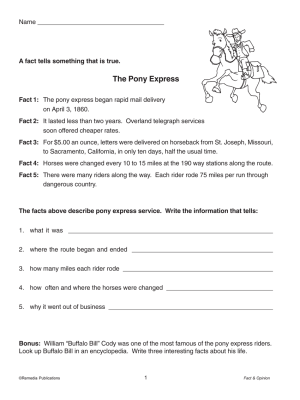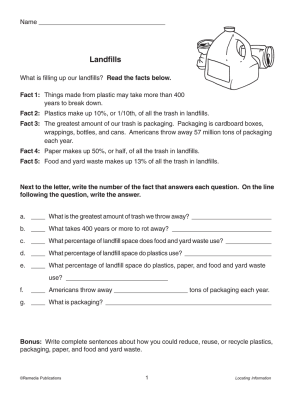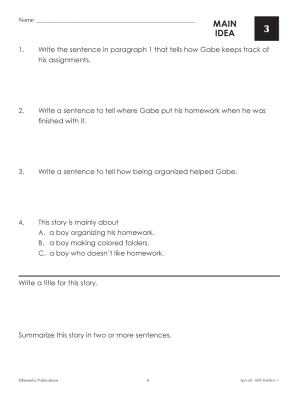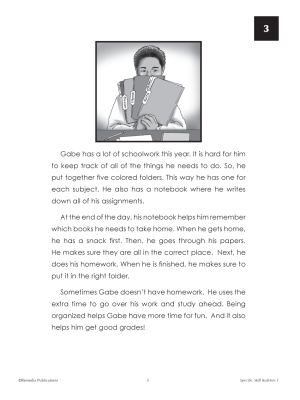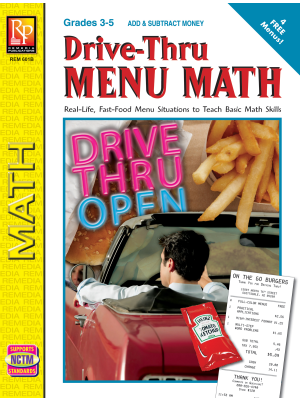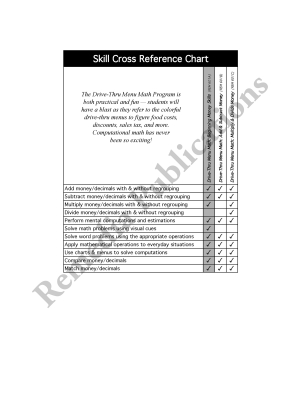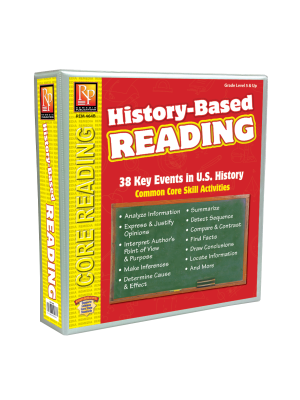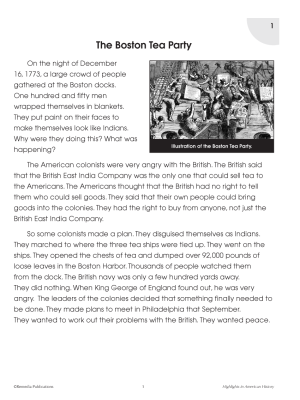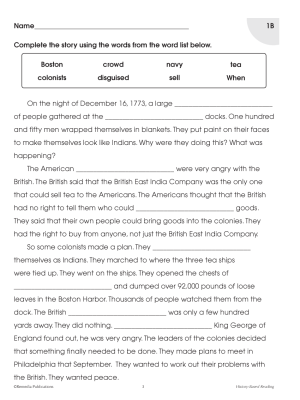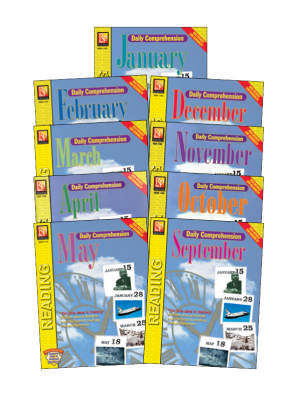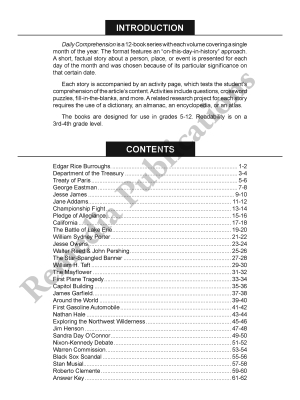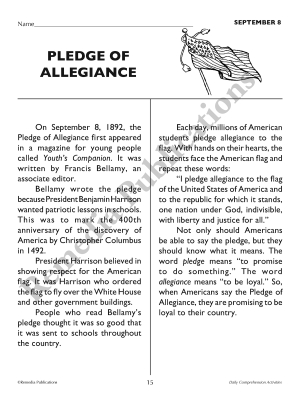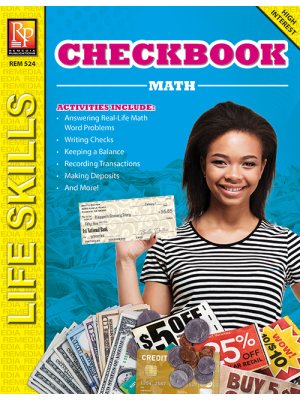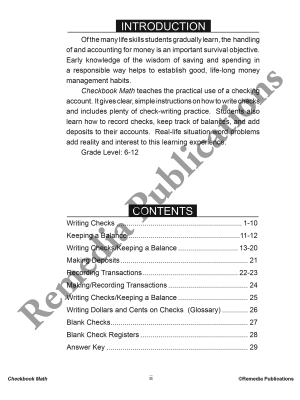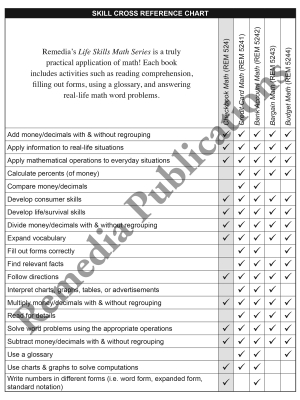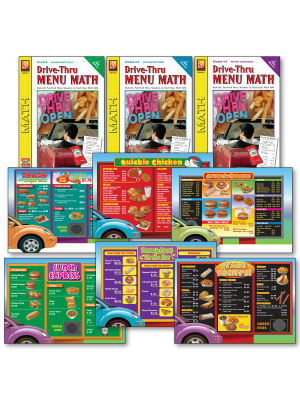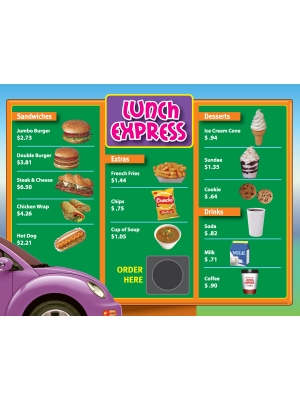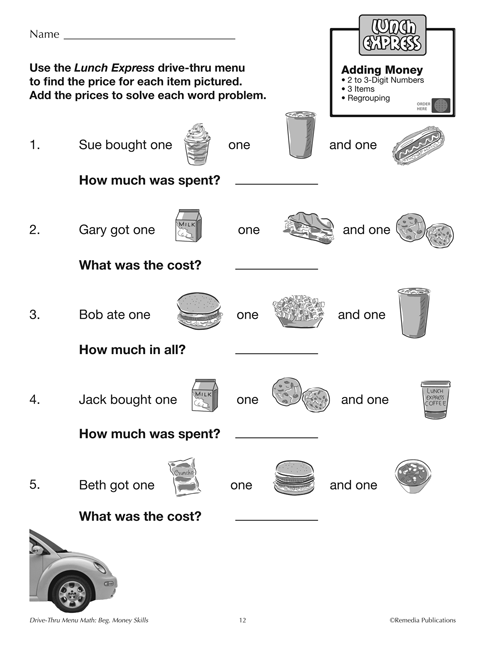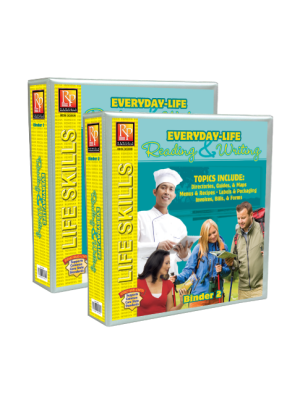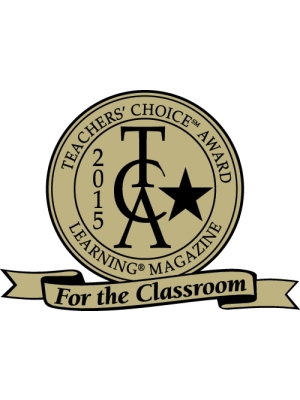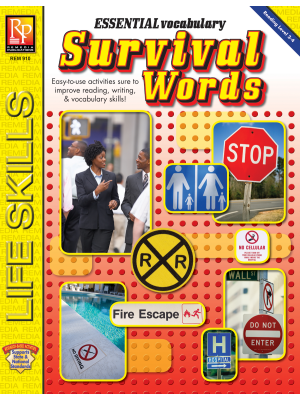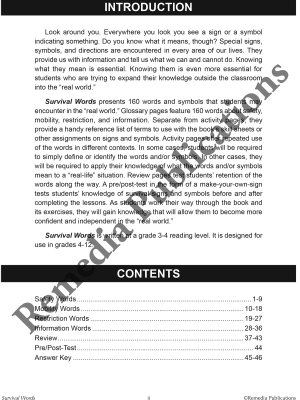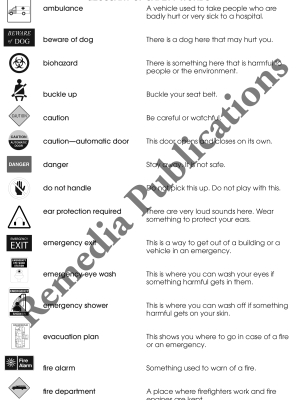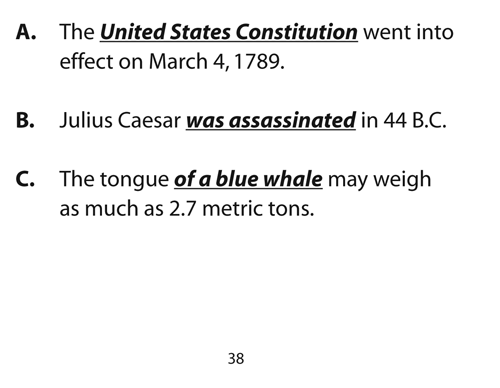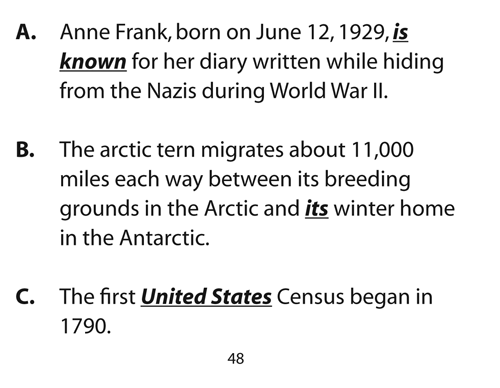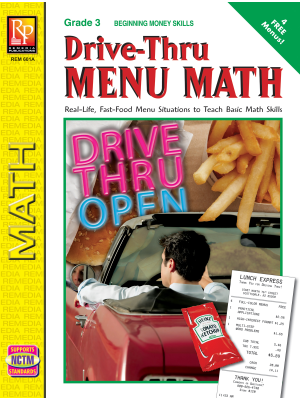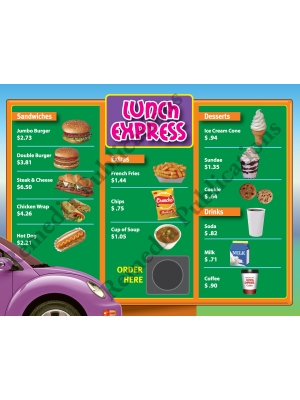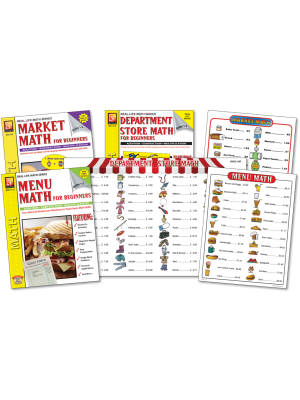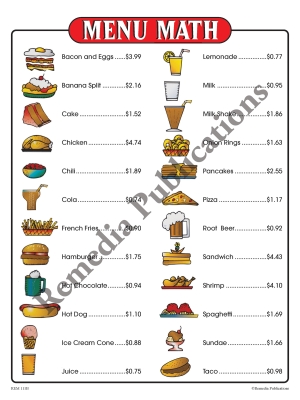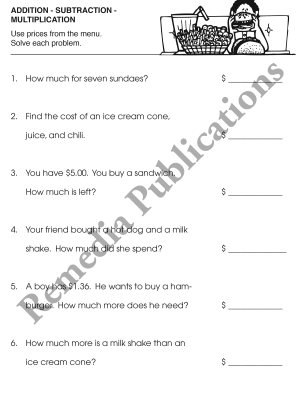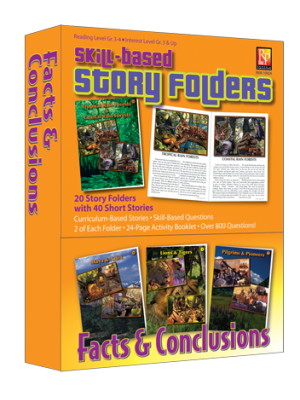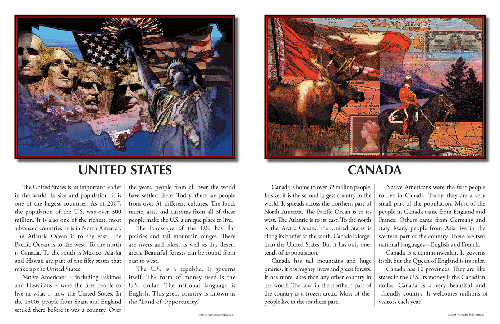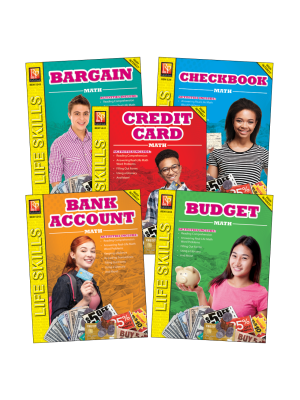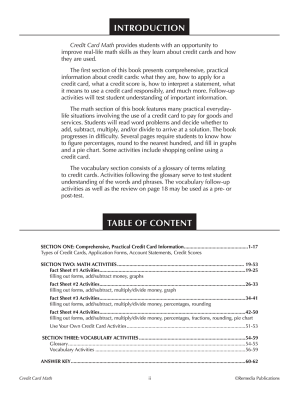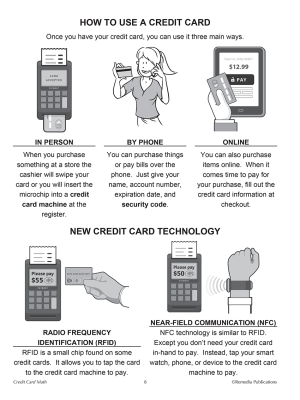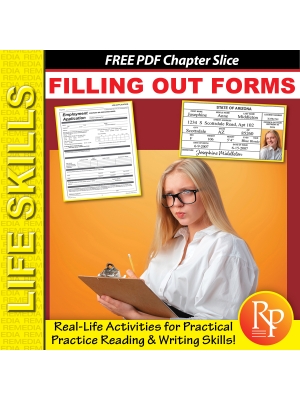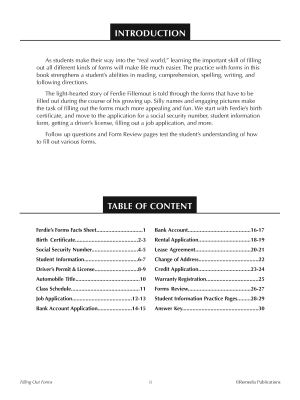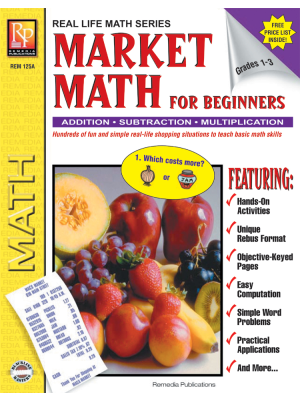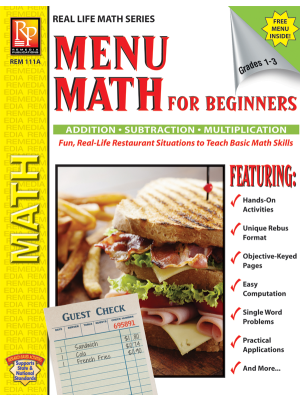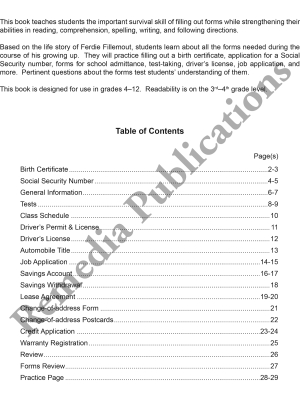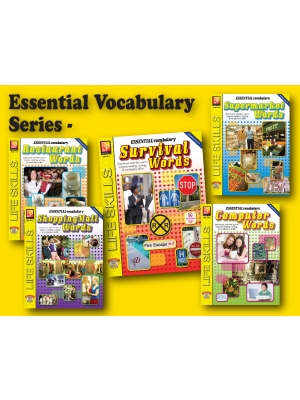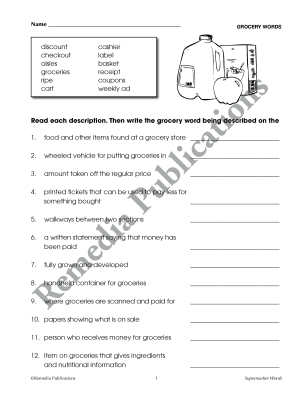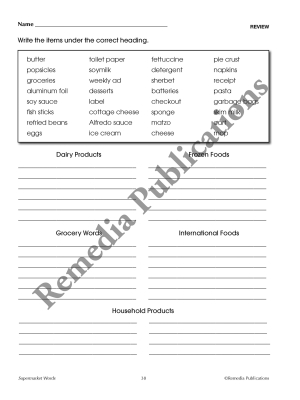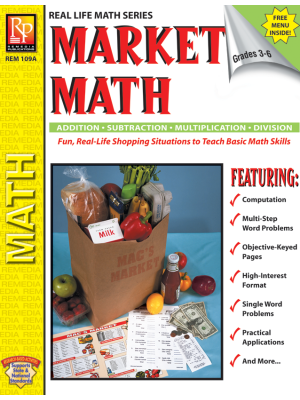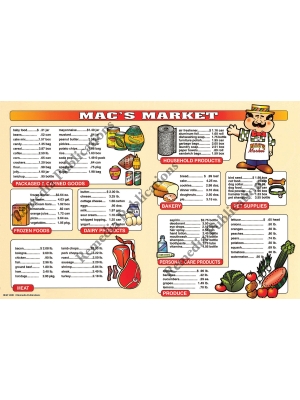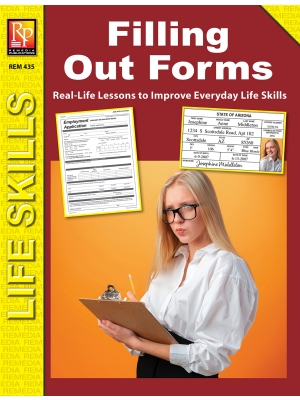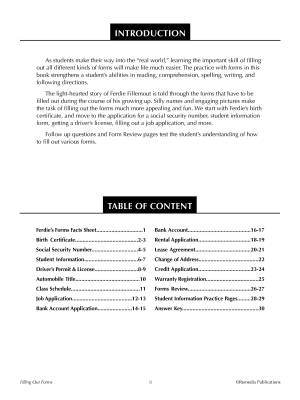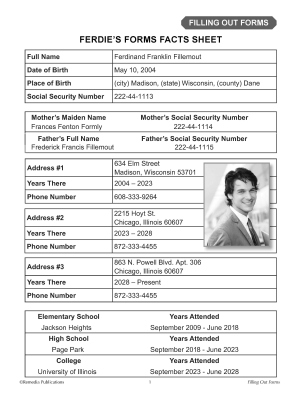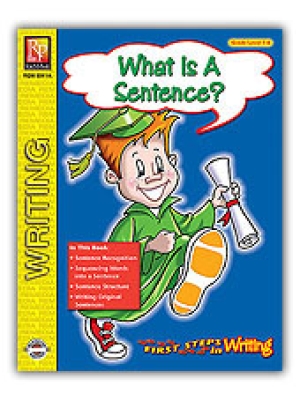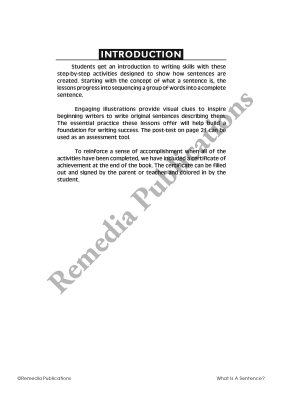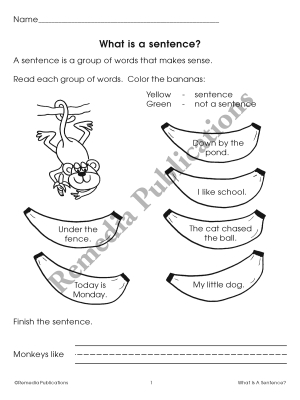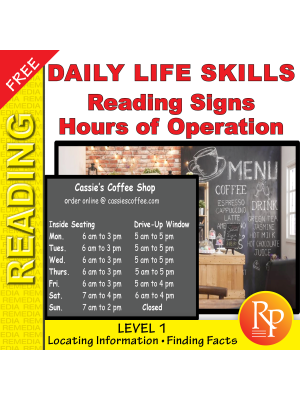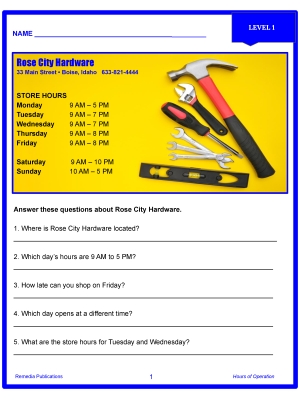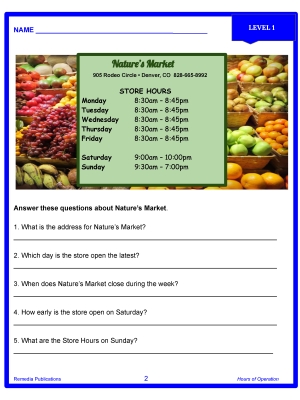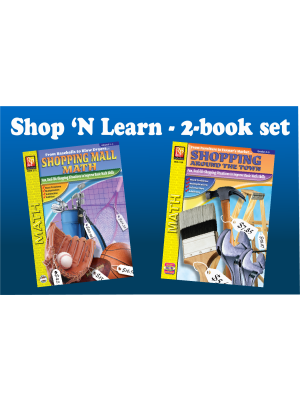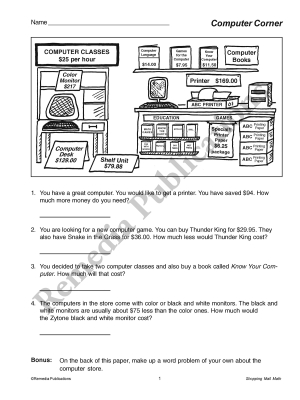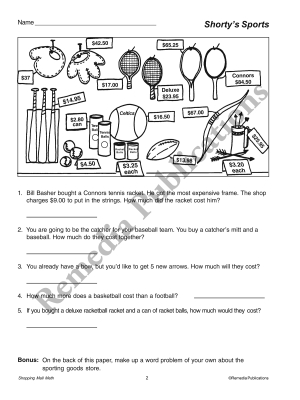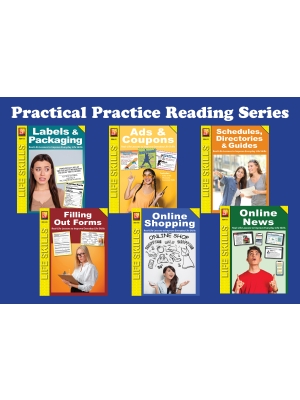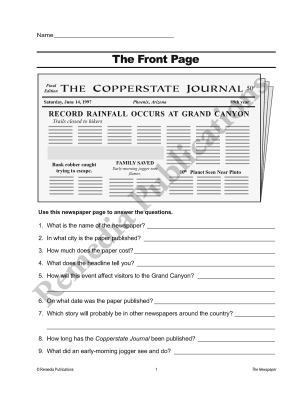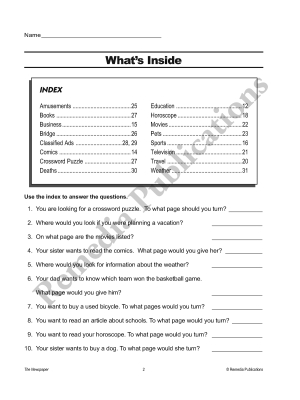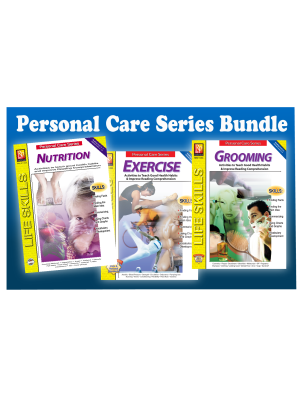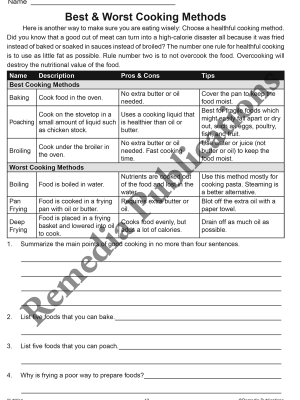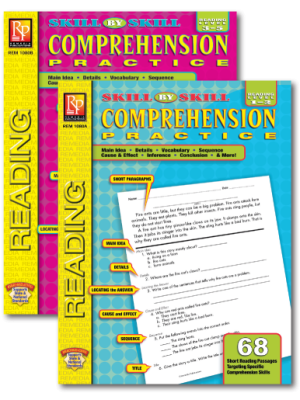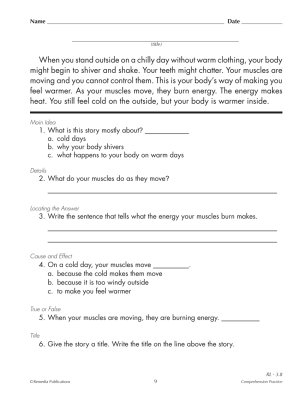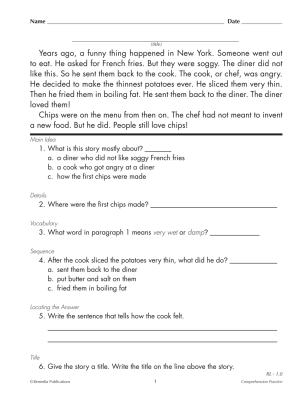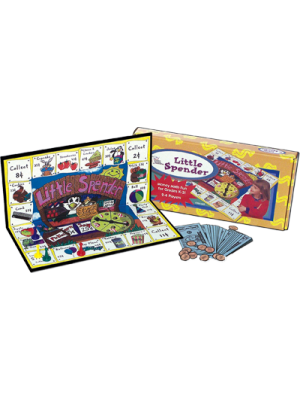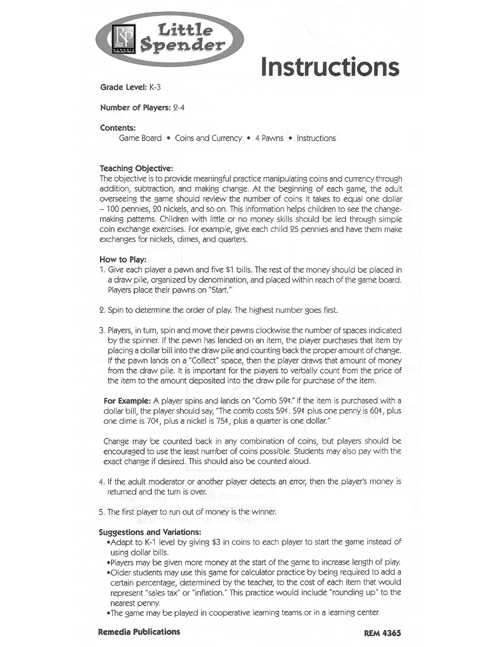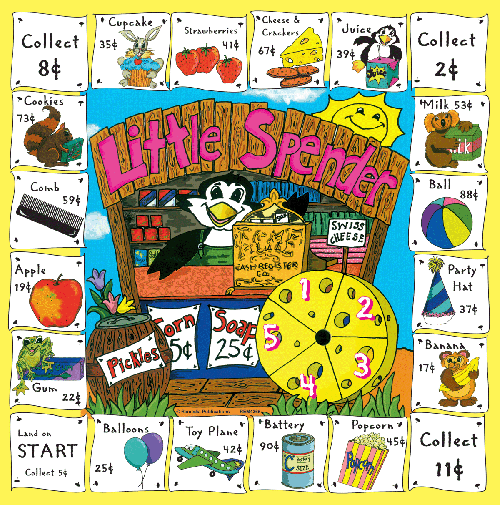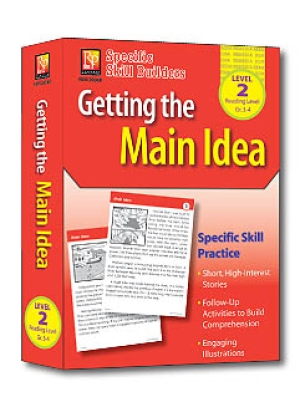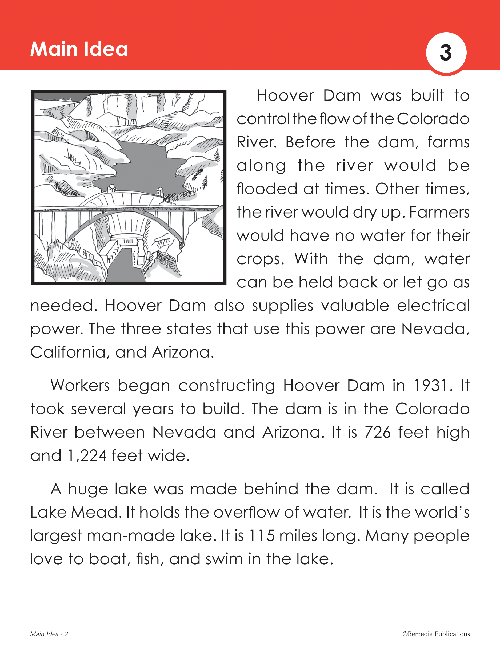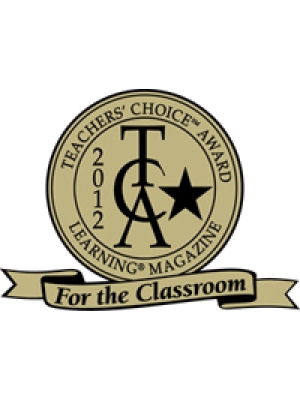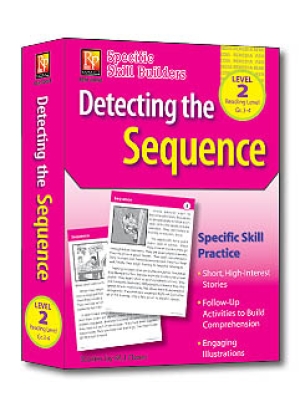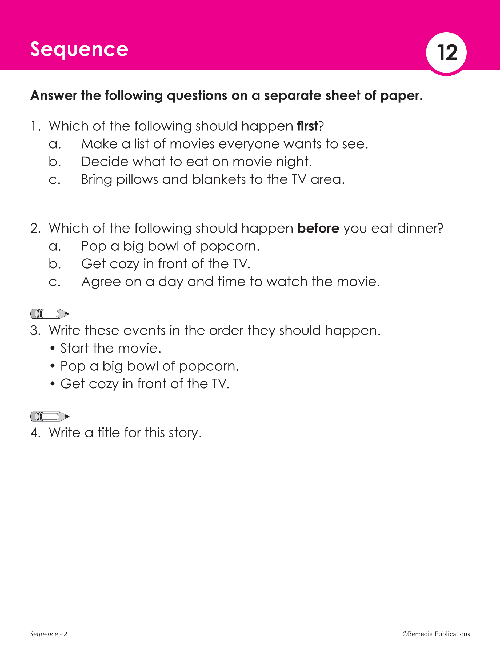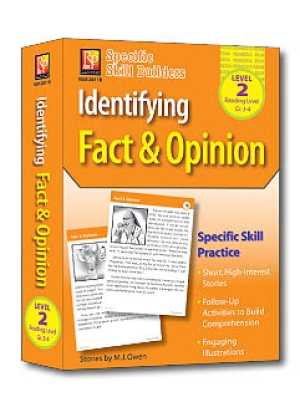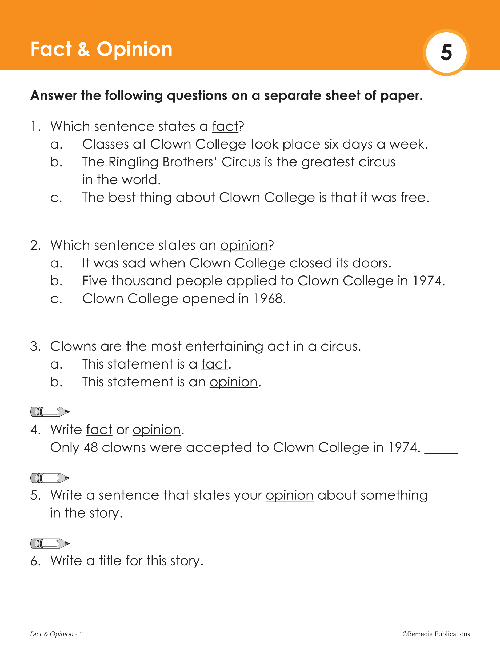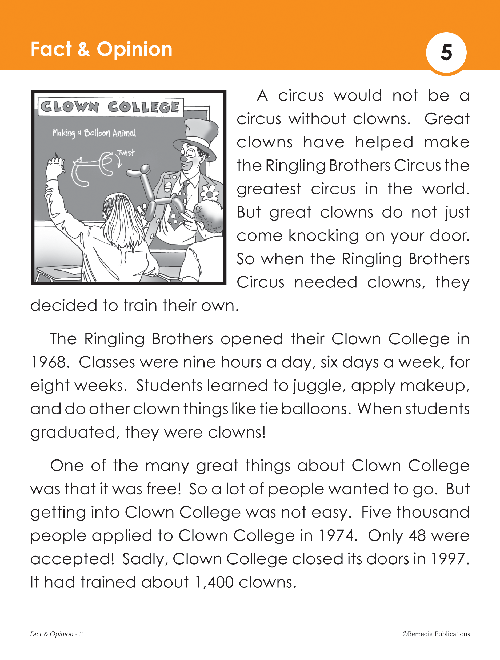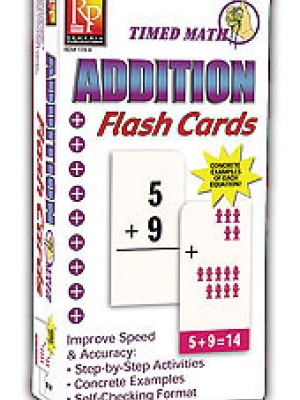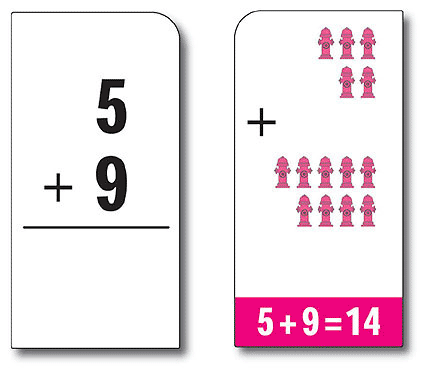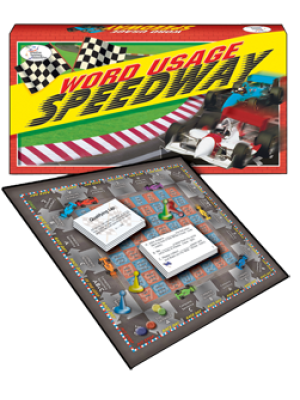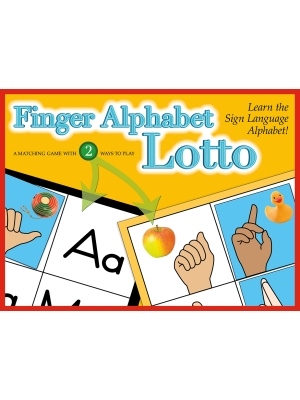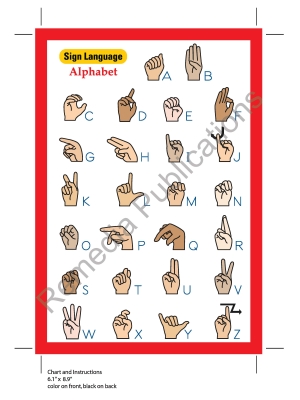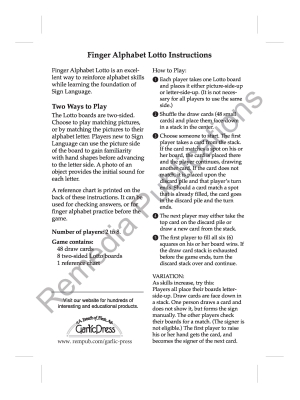Do you know.... "Is last week’s pasta safe to eat?" "How do you help someone who is choking?" Living a safe life is more than just knowing first aid ... but the last thing on a teen’s mind is the inherent danger in certain situations. Paying attention, thinking ahead, and making good decisions can be challenging for most teens.
These relevant and engaging lessons highlight everyday safety situations in a non-threatening and easy-reading style. What does it mean if I’m light-headed while hiking? Is it heatstroke? What should I do in case of a fire? How can I help a friend who drinks too much and passes out… How do I know if I should call 911? What should I say? Teach students how to keep themselves and others safe and take more responsibility for their own well-being. It’s empowering to know that you’re not helpless and are prepared for an emergency. For teens, the information and friendly advice found in these lessons can mean the difference between them taking action or doing nothing at all...
LIFE-SKILLS TOPICS:
- "What does that sign mean? Should I pay attention to it?"
- "How do I know if I’m dehydrated? Do I have heatstroke?"
- "We’re at a party, my friend is acting weird. What should I do?"
- "When should I call 911 and what should I say?"
- "What should I have in a first aid kit and how do I use it?"
- "What should I do in case of a fire?"
- "How do I know when having fun becomes risky business?"
- "How can I make sure I’m safe in the water?"
- "This pasta's been in the refrigerator for two weeks... Is it safe to eat?"
- How can I avoid scary situations?"
- "I love to hike. What do I do if I get lost?"
- "What should I do in a natural disaster?"
- "How can I help someone who is choking or in cardiac arrest?"
- Staying Safe Tips
STANDARDS-BASED READING & WRITING ACTIVITIES:
Save time! Now you can teach essential life skills AND standards-based reading and writing... AT THE SAME TIME! Each high-interest lesson is followed by specific reading comprehension and writing activities that require complete-sentence answers.
• Locate Information • Summarize • Generalize • Compare & Contrast • Cause & Effect • Form Opinions • Draw Conclusions • Main Idea • Make Inferences
Real-World Skills: Physical Health
- Product Code: REM 6107
- Viewed: 7453
- Availability: In Stock
$13.99
Do you know.... "Is last week’s pasta safe to eat?" "How do you help someone who is choking?" Living a safe life is more than just knowing first aid ... but the last thing on a teen’s mind is the inherent danger in certain situations. Paying attention, thinking ahead, and making good decisions can be challenging for most teens.
These relevant and engaging lessons highlight everyday safety situations in a non-threatening and easy-reading style. What does it mean if I’m light-headed while hiking? Is it heatstroke? What should I do in case of a fire? How can I help a friend who drinks too much and passes out… How do I know if I should call 911? What should I say? Teach students how to keep themselves and others safe and take more responsibility for their own well-being. It’s empowering to know that you’re not helpless and are prepared for an emergency. For teens, the information and friendly advice found in these lessons can mean the difference between them taking action or doing nothing at all...
LIFE-SKILLS TOPICS:
- "What does that sign mean? Should I pay attention to it?"
- "How do I know if I’m dehydrated? Do I have heatstroke?"
- "We’re at a party, my friend is acting weird. What should I do?"
- "When should I call 911 and what should I say?"
- "What should I have in a first aid kit and how do I use it?"
- "What should I do in case of a fire?"
- "How do I know when having fun becomes risky business?"
- "How can I make sure I’m safe in the water?"
- "This pasta's been in the refrigerator for two weeks... Is it safe to eat?"
- How can I avoid scary situations?"
- "I love to hike. What do I do if I get lost?"
- "What should I do in a natural disaster?"
- "How can I help someone who is choking or in cardiac arrest?"
- Staying Safe Tips
STANDARDS-BASED READING & WRITING ACTIVITIES:
Save time! Now you can teach essential life skills AND standards-based reading and writing... AT THE SAME TIME! Each high-interest lesson is followed by specific reading comprehension and writing activities that require complete-sentence answers.
• Locate Information • Summarize • Generalize • Compare & Contrast • Cause & Effect • Form Opinions • Draw Conclusions • Main Idea • Make Inferences
Tags:Life Skills

